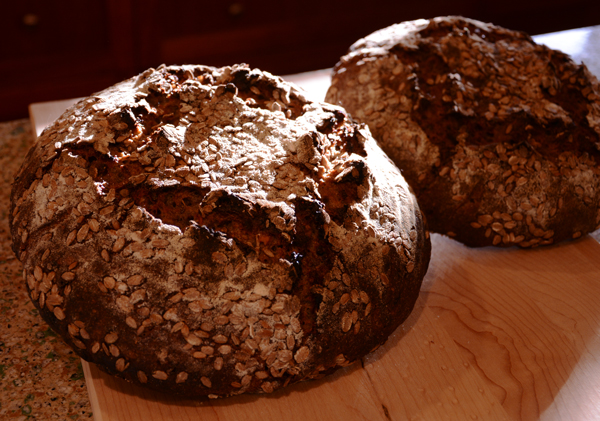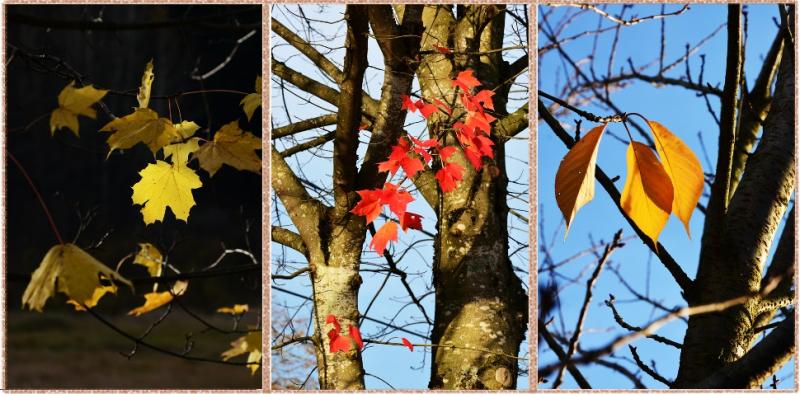Rosemary Rye Brownies

Hello everyone,
A dear friend sent me a link to a Rosemary Rye Brownie recipe, on the PBS Food Blog, Kitchen Vignettes, written by Aube Giroux. (nice video to accompany the recipe)










